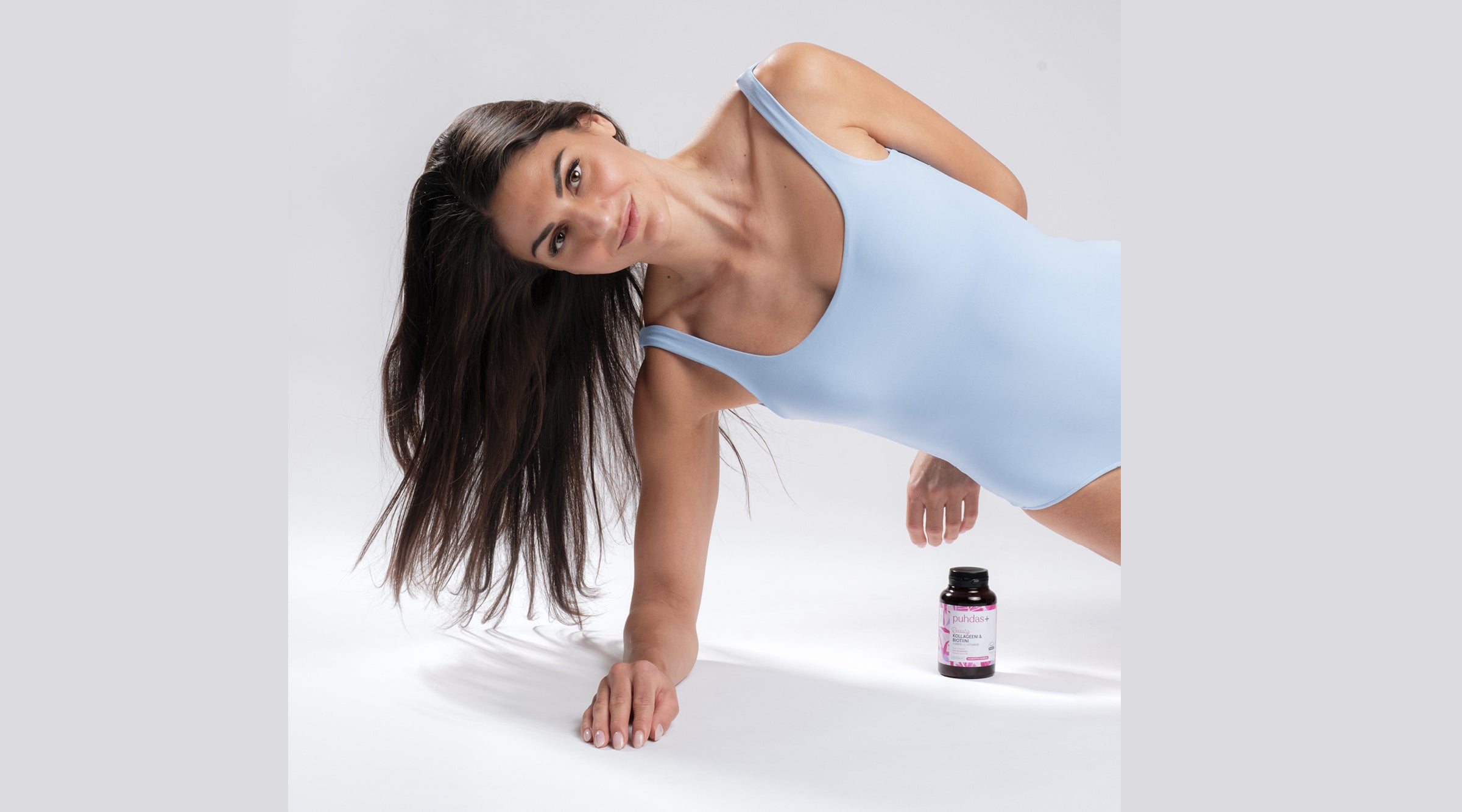The new black for well-being and a better mood is sleep. After a good night's sleep, you feel refreshed and have enough energy from morning to night. After a bad night's sleep, even the smallest things feel heavy, and the mind can't get excited like it normally does .
Temporary sleep problems affect all of us. If the quality of sleep is regularly poor and the level of alertness during the day is not good, you should pay attention to the matter and find out the cause of the sleep problems.
We need deep sleep, especially so that the body can recover from the stresses of the day. If the important phase of deep sleep is disturbed, you will feel tired and weak in the morning. Then the growth hormone secreted during deep sleep has not been able to do its job, i.e. affect sugar metabolism and thereby muscle strength. Sleep is easily disturbed due to, for example, an unsuitable mattress or pillow. You may "microwake" at night, that is, a bad platform causes extra movement and awakening, which you don't remember in the morning. Poor sleep ergonomics can also affect falling asleep, i.e. the optimal time to fall asleep may pass if you have to find a good sleeping position," says physiotherapist and trained sleep ergonomics expert Pasi Koistinen from Tempur .It's not worth compromising on sleep, the problems that accumulate from it always have to be fixed at some point. A sufficient amount of quality sleep is definitely also one of the key aspects of building a strong immune system.
Sleep problems can be caused by many different things, for which it can be challenging to find solutions - but even simple basics have a big impact on the quality of sleep. For my benefit, here are five tips that you can use to influence the quality of your sleep.
1. Sufficient natural light during the day
Good sleep is already built during the day. A sufficient amount of natural light during the day affects the body's circadian rhythm and melatonin production. Try to move outside during the day, also in winter. During the dark period (from September to April), it is recommended to use a bright light lamp in the morning immediately after waking up. The body is most sensitive to light in the morning between 06-10. The first benefit of about 30 minutes of exposure to bright light in the morning is often a reduction in sweet cravings.
2. Calming evening routines
Eat a light evening snack about two hours before going to bed. Carbohydrates are soothing - for example, sweet potato, white rice or oatmeal are good sources of carbohydrates.
Turn off the TV and the computer early, and put the cell phone away - at least an hour, but preferably up to two hours before going to bed. It's best to leave your phone in another room overnight so that browsing social media doesn't slip into your evening routine.
Brew a cup of soothing evening tea and add a spoonful of (raw) honey to it if you wish. A sauna or a warm relaxing shower can help you fall asleep; the drop in body temperature is followed by fatigue, which is often accompanied by sleep.
Various nutritional supplements can also be used to support sleep. Sleep powder from the Kotimainen Puhdas+ series contains melatonin that shortens the time to fall asleep, calming chamomile, glycine that supports the quality of sleep, and inositol, which is important for the nervous system. Chamomile and glycine bring a soft and soothing taste to the warm drink.
3. Sleep at the right temperature
Ventilate the bedroom well before going to bed and make sure the temperature in the bedroom is suitable.
"The general recommendation for a bedroom temperature is 18-20 degrees. Seniors (+ 70 years old) may have changed their ability to regulate temperature and then the room temperature may be a little higher. In a cool room, we cool ourselves internally through breathing, especially the brain, and this affects the quality of sleep. When sleeping, we should be internally cool and externally warm," says Koistinen.
Sleeping cool is a kind of equipment: "When sleeping in a cool room, you should use a pressure-reducing pillow and mattress, the foam material of which is shaped according to the body's heat. Thanks to this feature, the surface blood circulation is more unobstructed, and blood is known to carry heat, meaning that the heat is then transferred to the peripheral parts of the body - which enables a cooler internal temperature and better heat dissipation," explains physiotherapist Koistinen. Advanced bed materials allow for cooler sleeping. "For example, I encourage those who sleep on a Tempur mattress and a heat-equalizing blanket to lower the bedroom temperature to 17 degrees. To get used to it, it's a good idea to lower the temperature by one degree per week," Koistinen advises.
4. Test your caffeine sensitivity
Finns are known to like coffee. While drinking coffee, you may experience difficulty falling asleep or reduced sleep quality, as the half-life of caffeine is usually 5-7 hours. So if you've had your last cup at 4 p.m., your brain tissue might still have half the amount of caffeine you got at 11 p.m. Half is still a strong dose and can be enough to keep you awake.
The effect of caffeine is individual. By reducing the amount of coffee, you will notice how caffeine affects you.
5. Sleeping ergonomics is the basis of a good sleep
"Based on research, we understand that sleeping positions and pillow and mattress materials have a direct connection to the quality of sleep as well as the health of the musculoskeletal system. For example, we have been able to extend the length of sleep of test subjects by about an hour when we have taken into account the principles of sleep ergonomics, sleep care and advanced platform solutions," states Koistinen .
An easy and quick way to influence your own sleeping ergonomics is a pillow that properly supports your head and neck. A pillow of the wrong design and/or height causes a wrong position of the cervical spine, which can cause neck pain. The pillow also controls the position of the entire body - for example, a pillow that is too low can easily turn the sleeper into an ergonomic position, causing pain in the neck or lower back and decreasing the quality of sleep.
"On the Nukkumisergonomia.fi website, you can find a pillow selection guide and videos, as well as a register of experts who you can turn to in matters of sleeping ergonomics," advises Koistinen.
According to research, most of us sleep on our side. Then the cervical spine should be in direct relation to the thoracic and lumbar spine. A sufficiently high pillow ensures that there is not too much pressure on the shoulder.
The article was written by Sami Sundvik and Pasi Koistinen



